Sociology Assignment: Analyzing Colonialism and Indigenous Issues
VerifiedAdded on 2023/04/23
|6
|761
|246
Homework Assignment
AI Summary
This sociology assignment explores the historical and ongoing impact of colonialism on indigenous populations. It examines the roles of colonizers and the colonized, focusing on the acquisition of land and the suppression of native cultures. The assignment delves into examples of ethnocide and genocide, highlighting the loss of life and cultural practices. It further analyzes the influence of native governance on European democratic ideals and the native perspectives on land rights, self-governance, and cultural preservation. The assignment also covers the Royal Proclamation of 1763, treaty negotiations, and the resistance movements of various native groups. It investigates the lasting consequences of colonialism, including economic disparities, health issues, and the impact of residential schools. The assignment concludes with a discussion of the assaults on aboriginals, families, culture, and self-governing systems, and the importance of understanding aboriginal history.
1 out of 6
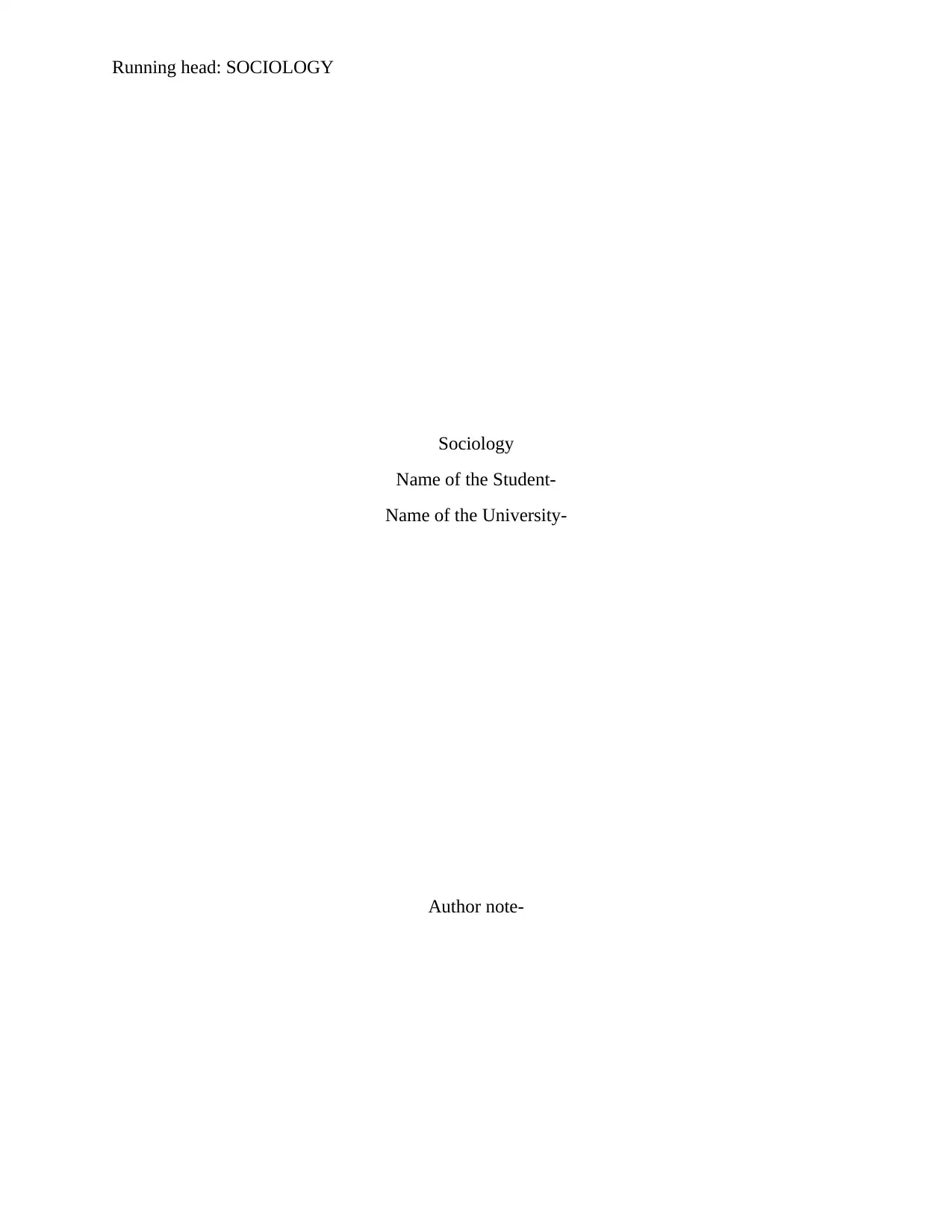
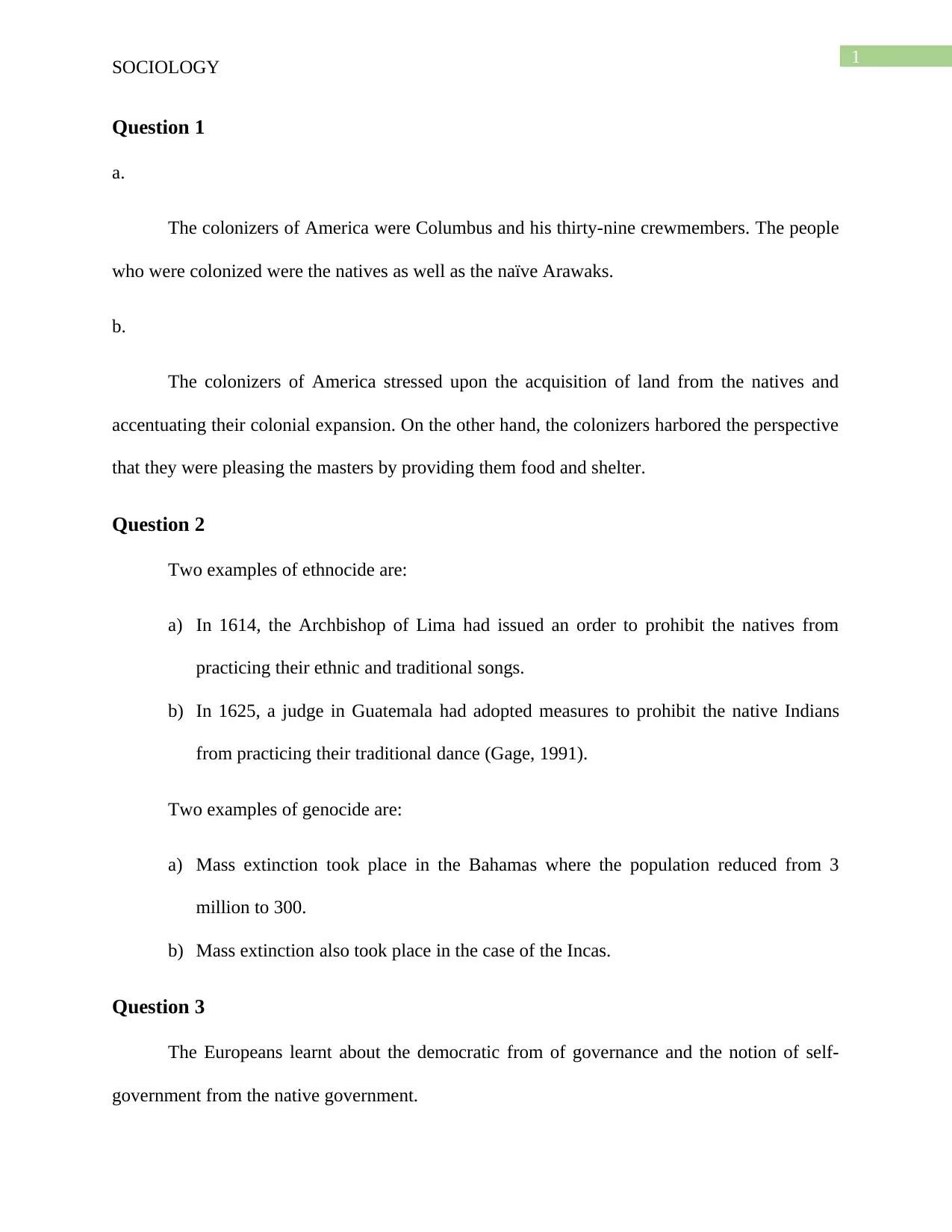
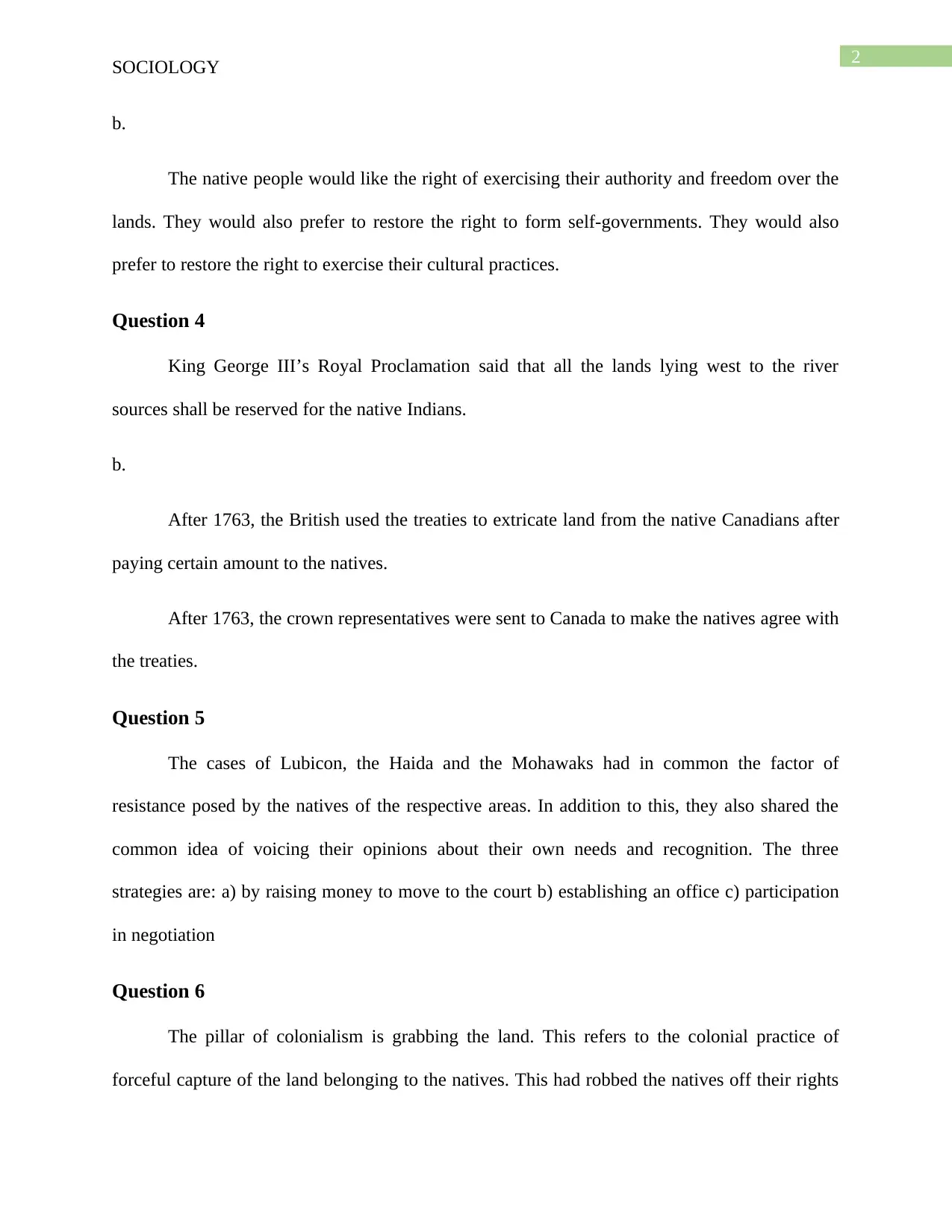

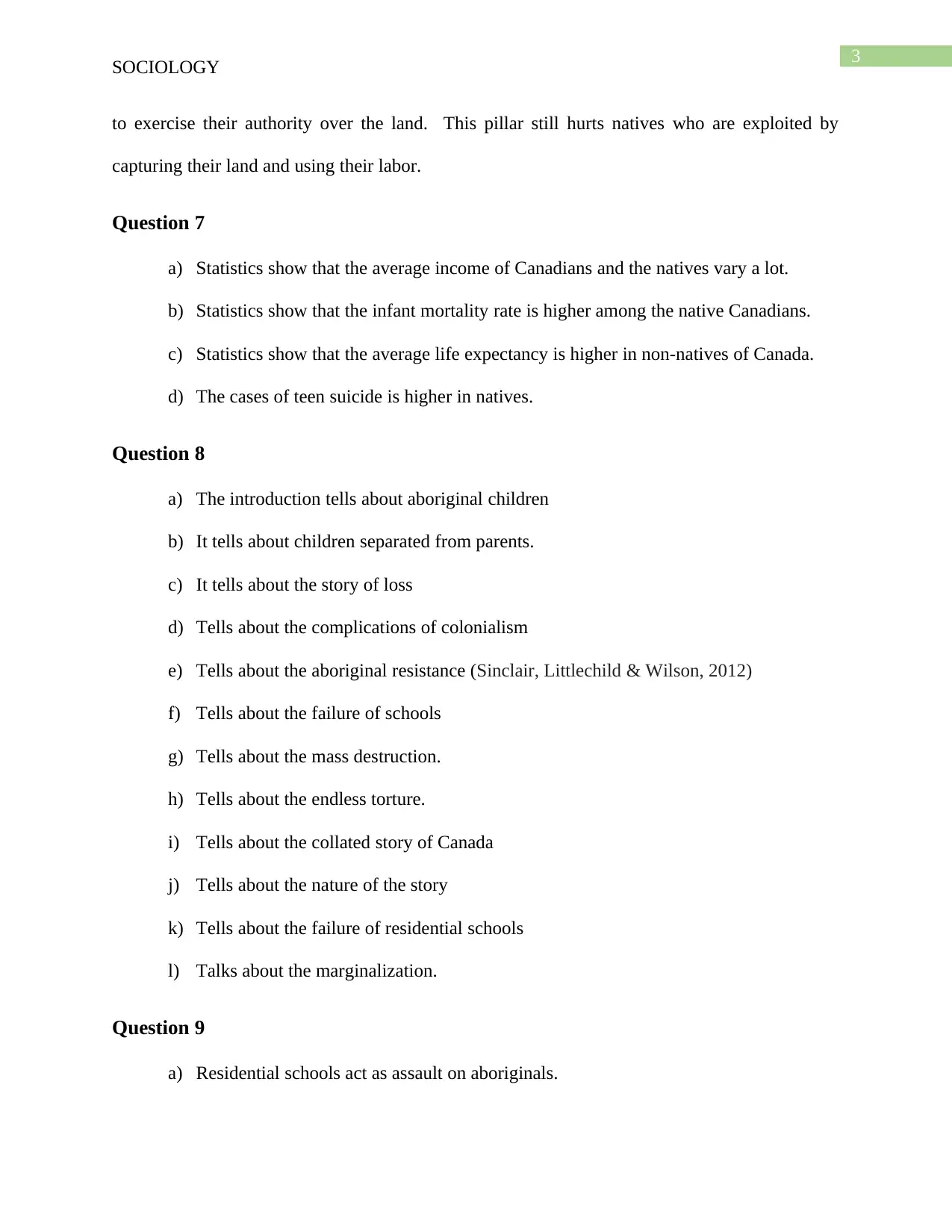
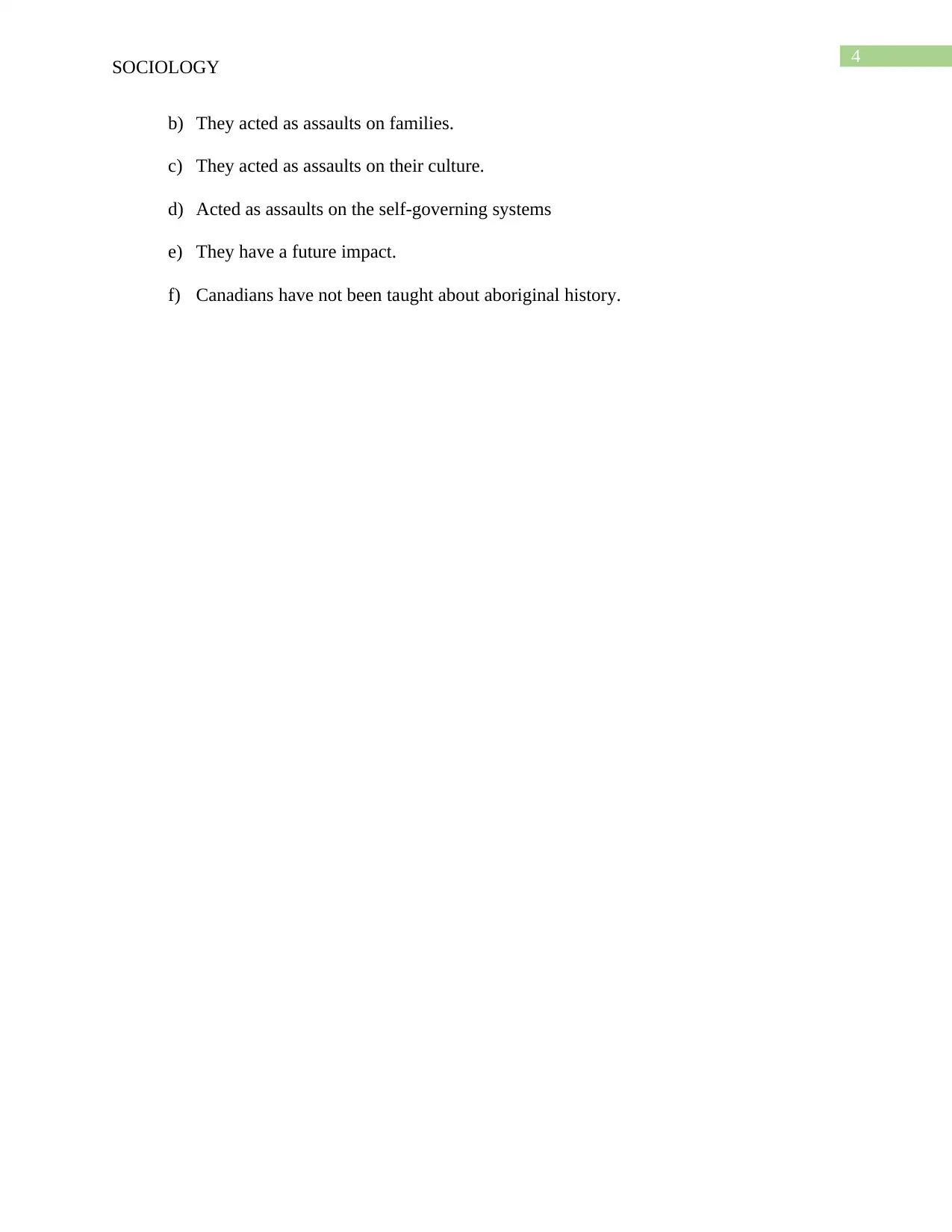
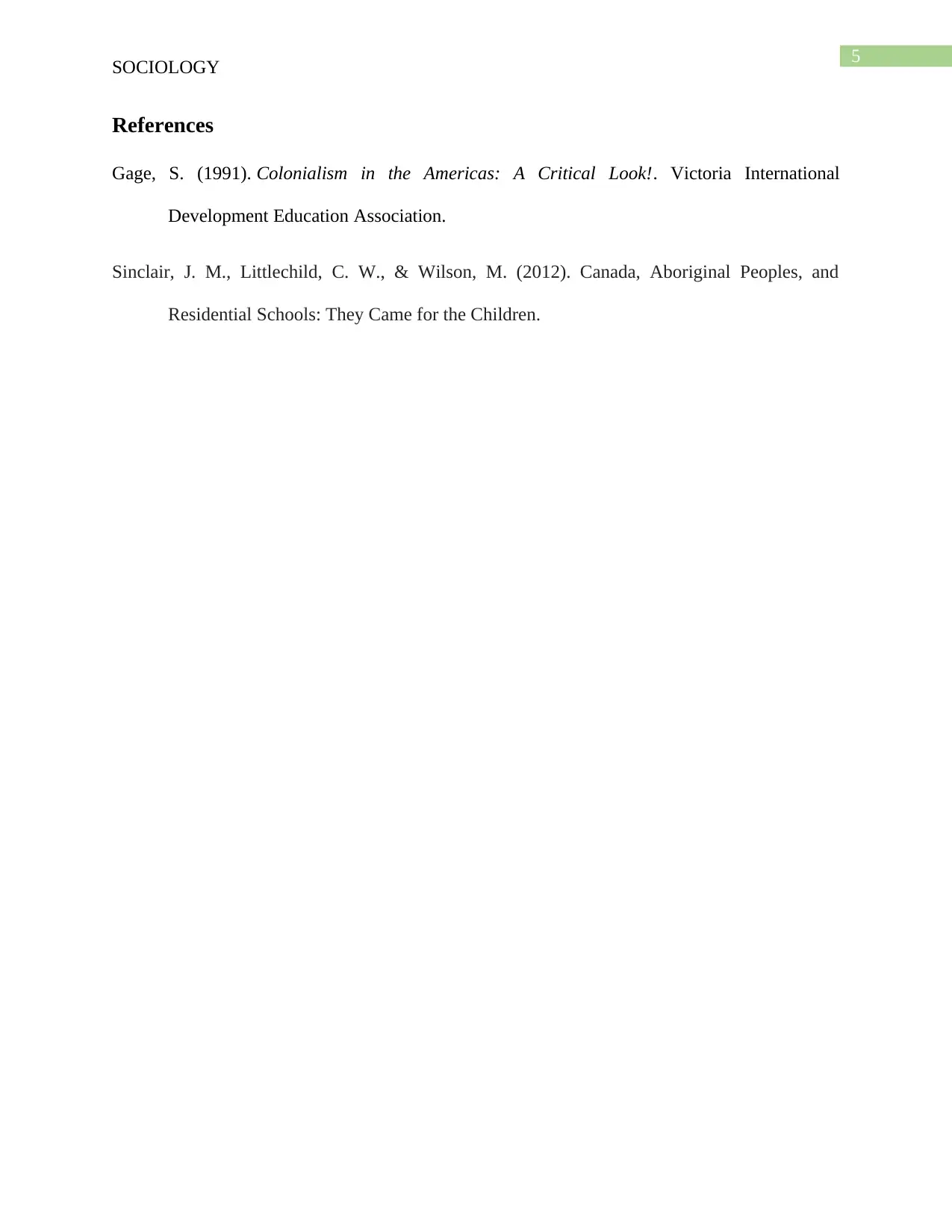






![[object Object]](/_next/static/media/star-bottom.7253800d.svg)